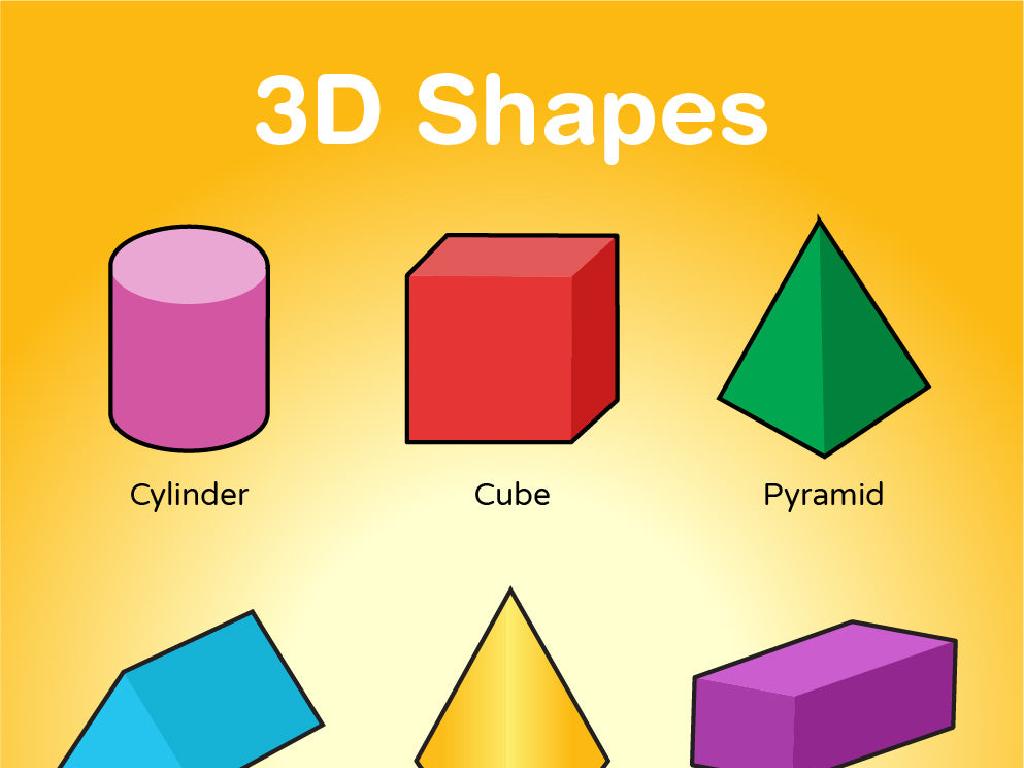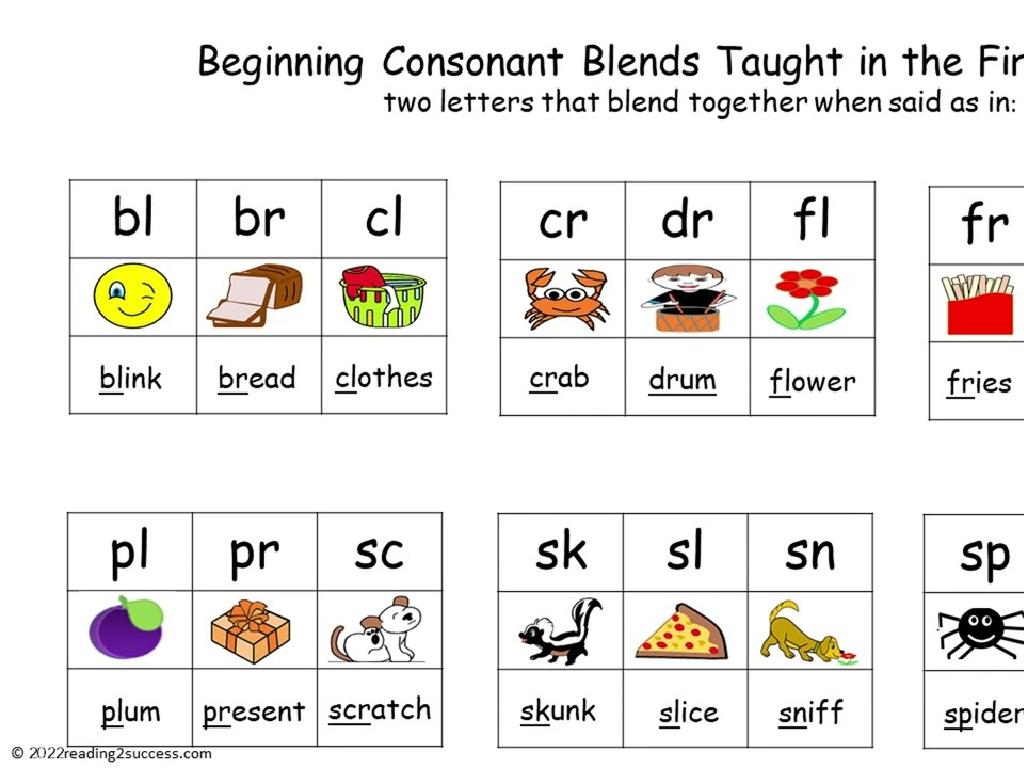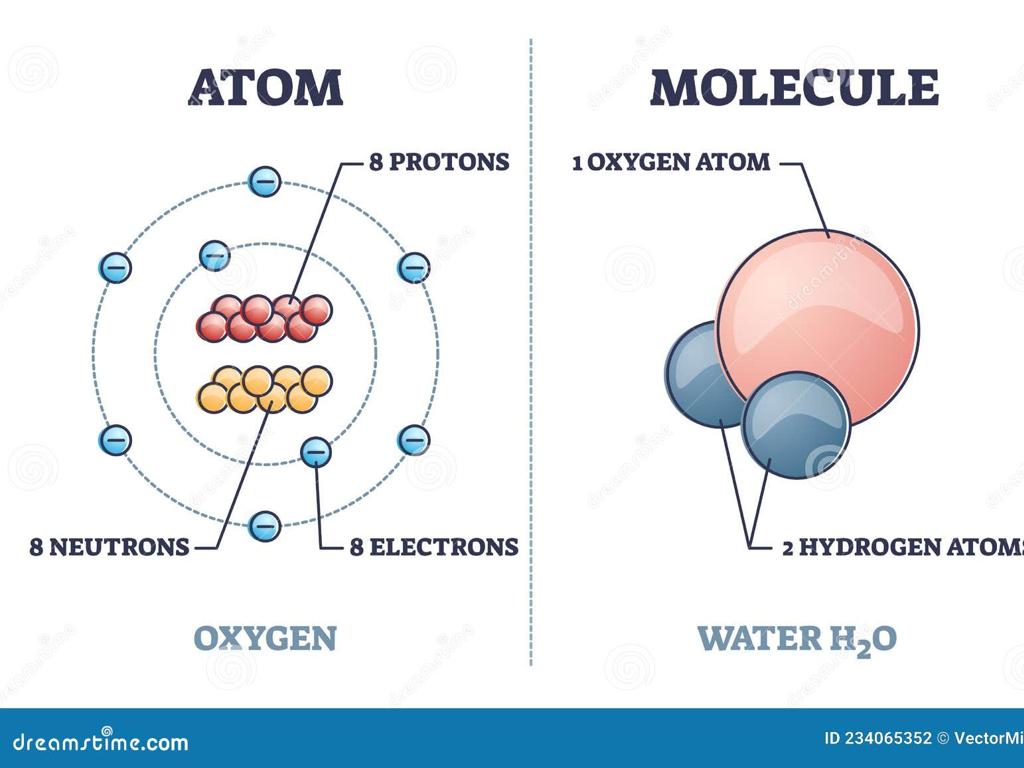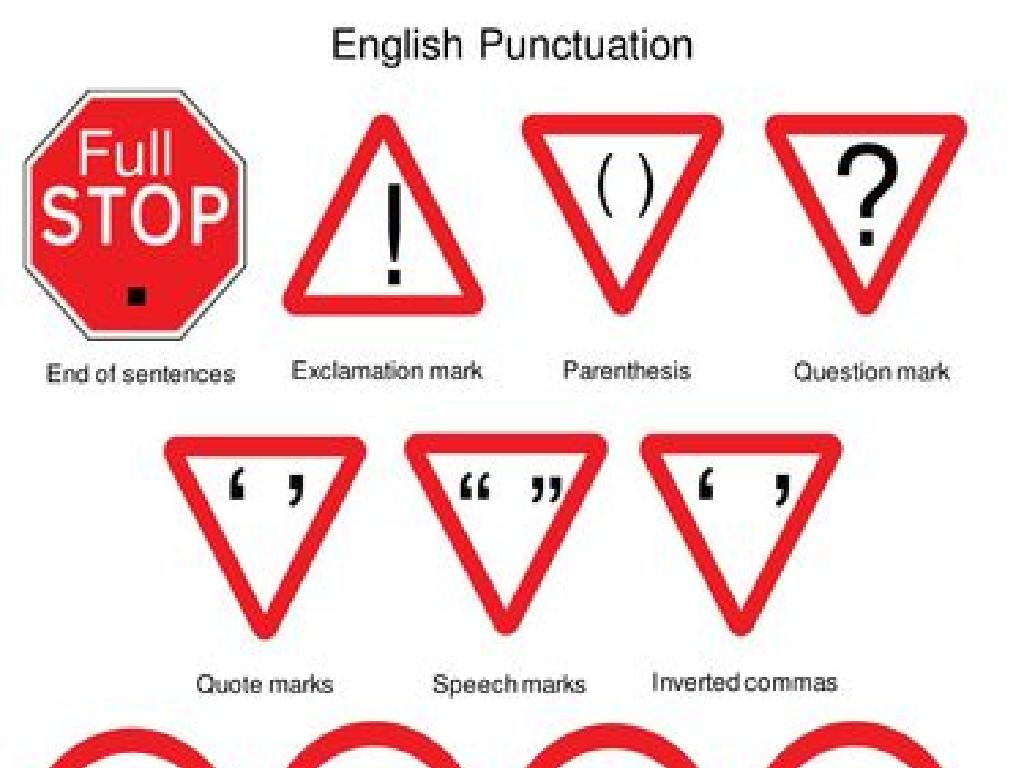Identify Halves And Fourths
Subject: Math
Grade: First grade
Topic: Fractions
Please LOG IN to download the presentation. Access is available to registered users only.
View More Content
Welcome to Fractions!
– Learning about parts of a whole
– What are halves and fourths?
– Half means 1 of 2 equal parts, fourth means 1 of 4 equal parts
– Fractions as pizza pieces
– Imagine cutting a pizza into equal slices
– Practice with real examples
– We’ll cut paper pizzas to see fractions
|
This slide introduces first graders to the concept of fractions, specifically focusing on halves and fourths. Begin by explaining that fractions represent parts of a whole, using relatable examples like a pizza. Clarify that a half is when something is divided into two equal parts, and a fourth is when it’s divided into four equal parts. Use visuals like a paper pizza cut into slices to demonstrate. Encourage the students to think of other examples of halves and fourths in their daily lives. The activity will involve cutting paper pizzas into halves and fourths to reinforce the concept. This hands-on experience will help solidify their understanding of fractions as parts of a whole.
Understanding Wholes and Parts
– What is a whole object?
– An object that is not divided
– Examples of whole items
– A pizza before it’s cut, an unbroken cookie
– Splitting whole into parts
– Like cutting a sandwich into 2 or 4 pieces
– Halves and fourths introduction
|
This slide introduces the concept of a whole as an undivided object and sets the foundation for understanding fractions. Start by explaining that a whole is something complete, like a full pizza or an unbroken cookie. Show visual examples of whole objects that the students are familiar with. Then, demonstrate how these objects can be divided into smaller parts, such as halves or fourths, using simple, relatable examples like cutting a sandwich or dividing a bar of chocolate. Emphasize that when we split something into 2 equal parts, we get halves, and when we split it into 4 equal parts, we get fourths. This will prepare students for the next step in learning about fractions.
Meet the Halves
– A whole split into 2 equal parts
– Each part is called a half
– One half is 1 of the 2 equal parts
– Seeing halves in everyday items
– Imagine cutting a sandwich or an apple into two same-size pieces
|
This slide introduces the concept of halves to first graders. Begin by explaining that when something whole is divided into two equal parts, each part is called a half. Emphasize the word ‘equal’ to ensure students understand that both parts must be the same size. Use visual examples that are relatable to children, such as dividing a sandwich, an apple, or a cookie into two pieces. Show them that each piece is called a half and that both halves make up the whole item. Encourage students to think of other examples of halves from their daily lives and discuss why it’s important that the parts are equal. This will help them grasp the foundational concept of fractions.
Meet the Fourths
– A whole divided into 4 equal parts
– Each part is one fourth
– Imagine cutting a sandwich into 4 equal pieces; each piece is a fourth
– Visualize with pizza, pie, or paper
– Think of a pizza cut into 4 slices, each slice is a fourth of the pizza
– Four fourths make a whole
|
This slide introduces the concept of fourths to first graders. Begin by explaining that when something is divided into four equal sections, each section is called a fourth. Use tangible examples like pizza, pie, or a piece of paper to help students visualize the concept. Show them that when you put all four parts back together, you get the whole item again. Encourage students to think of other items that can be divided into fourths and bring some simple examples to class, like playdough or crackers, for hands-on practice.
Halves and Fourths Together
– Comparing halves and fourths
– See how a half is bigger than a fourth
– Counting fourths in a half
– Two fourths make up one half
– Interactive shape examples
– Use shapes like circles or squares to learn
– Understanding fractions visually
|
This slide is aimed at helping first graders understand the relationship between halves and fourths. Start by showing visual representations of both fractions and compare their sizes. Explain that it takes two fourths to make a half, using real-life examples such as cutting an apple or a sandwich. Use interactive shapes like circles or squares, dividing them into halves and fourths, to give students a hands-on experience. Encourage the students to participate in the activity by cutting out paper shapes and folding them to visualize the fractions. This will help solidify their understanding of how fractions are parts of a whole and the concept of equivalency between different fractions.
Finding Halves and Fourths
– Examples of halves and fourths
– Look around, can you spot a half apple or a quarter pizza?
– Classroom objects as fractions
– Is one of your books divided into halves or fourths? How?
– Halves and fourths are fractions
– Practice with real objects
– Let’s cut shapes to see halves and fourths
|
This slide is aimed at helping first graders recognize and understand halves and fourths in tangible terms. Begin by asking students to find real-life examples of halves and fourths, such as a half-eaten sandwich or a pizza cut into four pieces. Move on to identifying objects in the classroom that can be visually divided into halves and fourths, reinforcing the concept that these are fractions representing parts of a whole. Emphasize that a half means two equal parts, while a fourth means four equal parts. Engage the students in a hands-on activity where they can fold paper or use safe cutting tools to divide objects into halves and fourths, solidifying their understanding through practice.
Class Activity: Fraction Fun!
– Practice making halves
– Fold a paper in the middle to make 2 equal parts
– Fold paper into fourths
– Now, fold each half again to make 4 equal parts
– Share your fractions
– Show your folded paper to your friends
– Compare with classmates
– See if all the parts are the same size
|
This activity is designed to give students a hands-on experience with fractions. Provide each student with a sheet of paper and guide them through the process of folding it in half to create two equal parts, explaining that each part is called a half. Then, instruct them to fold their halves into fourths, creating four equal parts, and explain that each of these is called a fourth. Encourage students to decorate each section with different colors or patterns to visually distinguish the fractions. After the folding activity, have the students share their results with their classmates to compare and discuss the sizes of their halves and fourths. This will help reinforce the concept of equal parts in a tangible way. Prepare to assist students who may have difficulty with folding and provide additional examples if needed.
Review: Halves and Fourths
– Understanding halves and fourths
– Halves split things into 2 equal parts, fourths into 4
– Demonstrating halves
– Show me something divided into 2 equal pieces
– Demonstrating fourths
– Can you find something split into 4 equal sections?
– Q&A session
|
This slide is meant to review what we’ve learned about halves and fourths. Start by asking the students to recall what halves and fourths are, emphasizing the concept of equal parts. Then, move on to a hands-on demonstration where students can show their understanding by dividing objects into halves and fourths. Finally, engage the class in a Q&A session to answer any questions and clear up misunderstandings. Encourage students to think of real-life examples, like cutting a sandwich or pizza, to make the concepts more relatable and easier to grasp.






